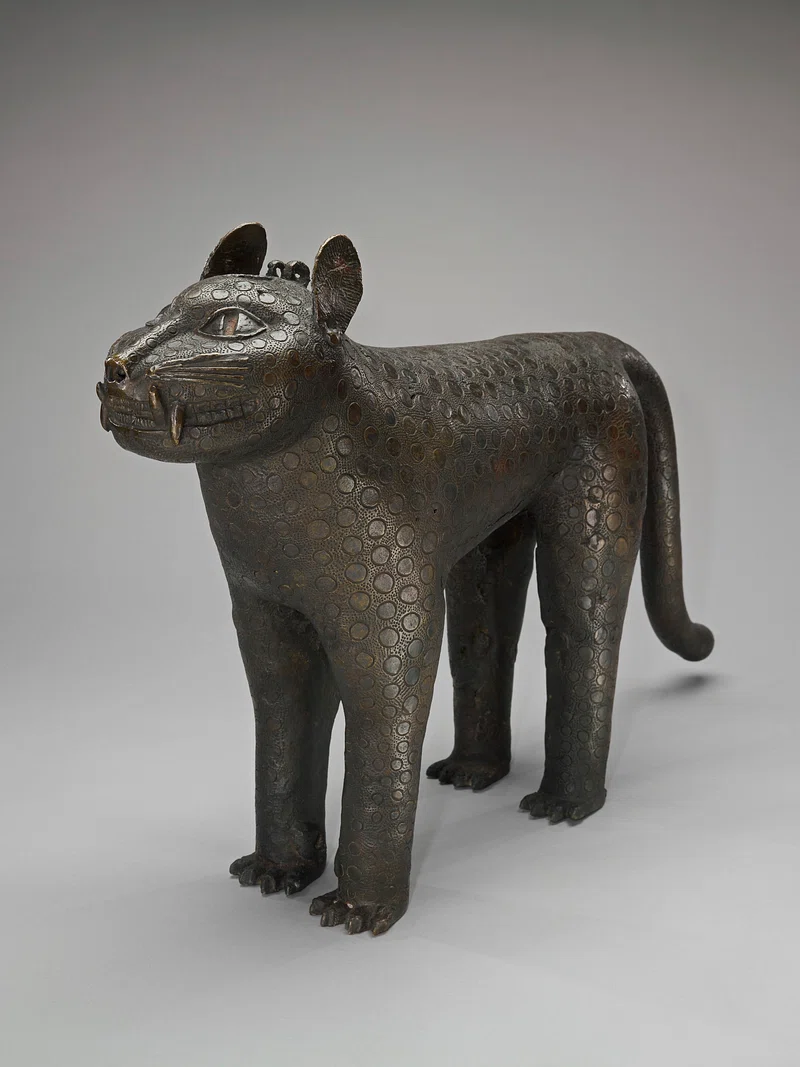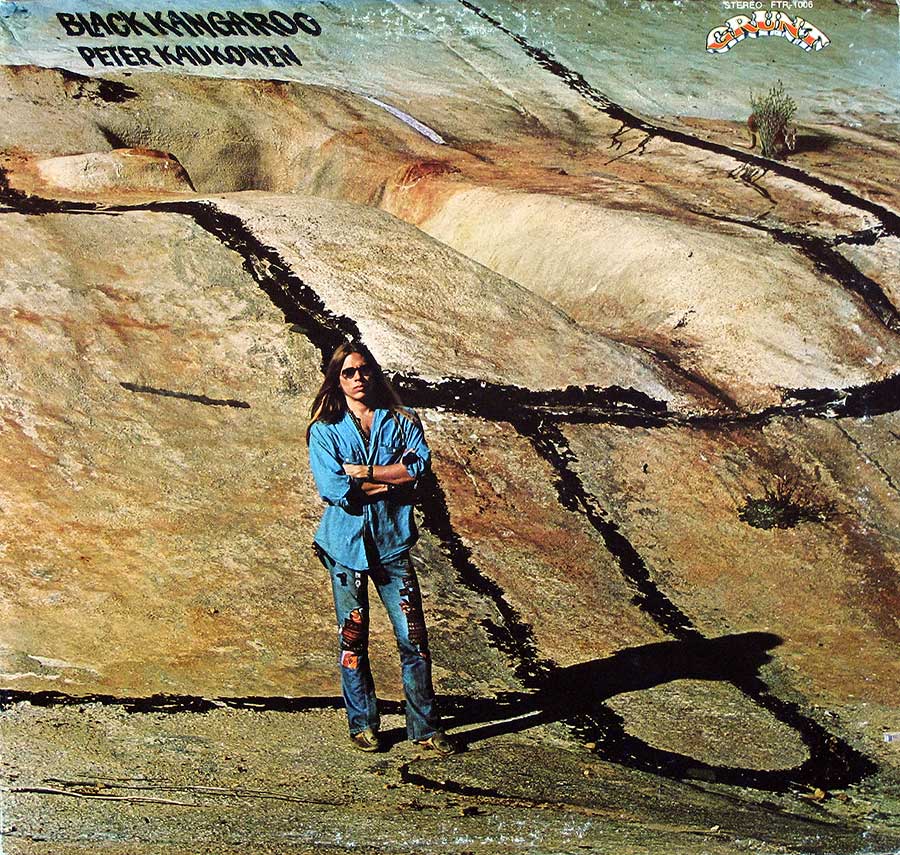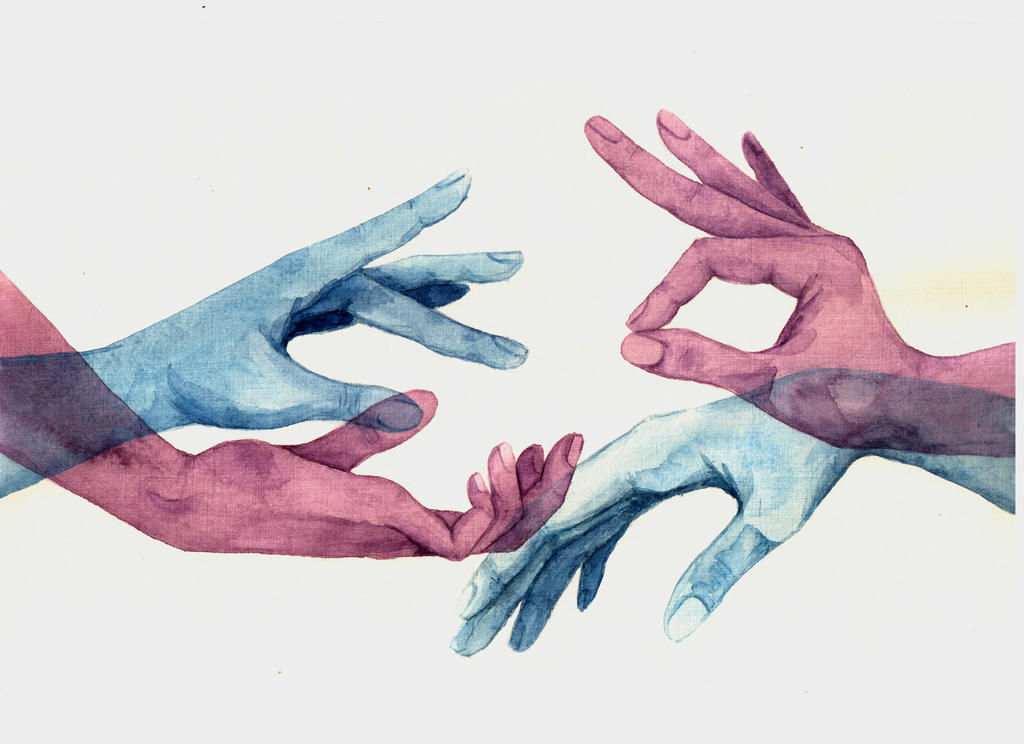
Johnny Depp, a name synonymous with iconic roles and eccentric style, has long captivated audiences on screen. Yet, behind the public persona lies another fascinating facet of his life: that of a dedicated and discerning art collector. Over more than 25 years, Depp quietly amassed a remarkable collection, highlighted by nine extraordinary works by the visionary artist Jean-Michel Basquiat. These pieces, now making headlines as they crossed the block at Christie’s Post-War and Contemporary Art sale in London, offer a rare glimpse into a pivotal moment in art history and the discerning eye of a passionate collector.
This carefully curated selection of Basquiat paintings and drawings not only attests to Depp’s profound understanding and engagement with one of the most acclaimed icons of 20th-century painting but also shines a spotlight on a crucial period in the artist’s career. The works, dating almost exclusively from 1981, capture Basquiat’s transformative year, marking his explosive ascent from a clandestine street artist to a global superstar. This collection became a centerpiece of Christie’s highly anticipated auction, expected to achieve up to £70 million across its Day and Evening sales.
The auction in late June 2016 provided an unprecedented opportunity for art enthusiasts and collectors worldwide to acquire pieces that channelled “the creative energy that fuelled the musical and artistic underbelly of post-punk New York.” It was a chance to own a tangible piece of history, reflecting the unique journey of an artist whose impact continues to resonate. As we delve into the details of this remarkable sale, we unpack the significance of these nine Basquiat masterpieces, beginning with some of the most prominent.

1. **Jean-Michel Basquiat’s ‘Pork’**Leading the charge from Johnny Depp’s esteemed collection was the striking 1981 work ‘Pork,’ an exceptionally unique piece executed by Basquiat directly onto a wooden door. This unconventional choice of canvas speaks volumes about Basquiat’s innovative spirit and his ability to transform everyday objects into profound artistic statements, blurring the lines between street art and fine art. Its raw, unfiltered quality immediately captivated attention, embodying the rebellious energy that defined his early career.
Before the hammer fell, ‘Pork’ was already generating significant buzz, with Christie’s estimating it would sell for an impressive £2.5 – £3.5 million ($3.61 – $5.05 million). These figures underscored not only the increasing demand for Basquiat’s work but also the perceived rarity and artistic merit of this particular piece, which offered a direct connection to the artist’s foundational years. The anticipation in the art world was palpable, as collectors vied for a chance to own such a distinctive creation.
The night of the auction, ‘Pork’ did not disappoint. It emerged as the top lot of the evening, exceeding all expectations and selling over its high estimate for a remarkable £5,122,500 / $6,838,538 / €6,167,490. This incredible result was a testament to its artistic power and market appeal, solidifying its place as a monumental piece within Basquiat’s oeuvre and a highlight of Depp’s collection.
The successful sale of ‘Pork’ underscored the robust health of the global art market, particularly for works by acclaimed artists like Basquiat. Its journey from a simple wooden door to a multi-million-dollar masterpiece at a prestigious auction house illustrates the profound impact of Basquiat’s artistic vision and the enduring value placed on his contributions to contemporary art. It stood as a beacon of the collection’s strength and the keen appreciation for Basquiat’s pivotal year of 1981.

2. **Jean-Michel Basquiat’s ‘Self Portrait’**Another cornerstone of Johnny Depp’s collection, and a major draw at the Christie’s sale, was Basquiat’s ‘Self Portrait,’ also dating from the pivotal year of 1981. This work offers a powerful and introspective look at the artist during a period of intense personal and professional transformation. Basquiat’s self-portraits are particularly significant, as they often serve as vivid conduits for his internal world and his evolving identity as he navigated newfound fame.
Being created in 1981, the ‘Self Portrait’ provides critical insight into Basquiat’s formative artistic language, demonstrating the burgeoning visual motifs and raw emotional intensity that would soon define his iconic style. It captures a moment of creative explosion, a glimpse into the mind of an artist on the brink of global recognition, grappling with his identity and the profound shifts in his life and career. These characteristics made it a highly coveted piece.
The auction for ‘Self Portrait’ was nothing short of electrifying. The work more than doubled its high estimate, fetching an astonishing £3,554,500 / $4,745,258 / €4,279,618. This extraordinary outcome was the result of an intense bidding war, involving no fewer than 10 phone bidders, all eager to acquire a piece of Basquiat’s early genius. Such fierce competition highlights the exceptional quality and immense desirability of the artwork, particularly given its connection to Depp’s curated collection.
The remarkable performance of ‘Self Portrait’ reaffirmed the market’s deep appreciation for Basquiat’s oeuvre, especially pieces from his watershed year. It also underscored the power of provenance, with the ‘Collection of Johnny Depp’ adding a layer of intrigue and prestige that undoubtedly contributed to the enthusiastic bidding. This ‘Self Portrait’ now stands as a testament to Basquiat’s profound artistic legacy and Depp’s discerning eye in identifying works of lasting significance.
Read more about: Beyond the Velvet Rope: Unveiling the 15 Most Impressive Celebrity and Billionaire Art Collections Valued Over $50 Million

3. **The Collective Insight into Basquiat’s Early 1980s Works from Depp’s Collection**Beyond individual masterpieces like ‘Pork’ and ‘Self Portrait,’ the true genius of Johnny Depp’s Basquiat collection lies in its collective power. This carefully assembled group of nine works, gathered by Depp over more than 25 years, tells a cohesive story, focusing almost exclusively on Basquiat’s output from 1981. This narrow but deep focus allows for a uniquely concentrated exploration of a crucial period in the artist’s life and work, offering an unparalleled insight into his rapid evolution.
Christie’s aptly described 1981 as “the year that saw Basquiat’s transformation from clandestine street artist to global superstar.” The collection, therefore, serves as a visual chronicle of this meteoric rise, capturing the raw energy and nascent brilliance of an artist breaking free from the underground to command the international stage. Each piece, whether individually celebrated or as part of the broader nine, resonates with the creative ferment of that specific time.
Depp’s decision to concentrate on this singular year reflects a “focused collecting eye,” demonstrating his keen understanding of Basquiat’s trajectory and the foundational importance of this period. It’s not merely a random assortment of works but a thoughtfully curated selection designed to illuminate a specific, transformative chapter. This focus is what elevates the collection from a mere aggregation of valuable art to a significant scholarly resource and a testament to Depp’s curatorial discernment.
These works collectively showcase Basquiat’s immediate post-graffiti style, characterized by his signature fusion of text, imagery, and personal iconography. They provide a comprehensive snapshot of his burgeoning talent and the critical themes he explored, from social commentary to personal identity. For collectors and scholars alike, the entirety of Depp’s nine-piece collection presented an extraordinary opportunity to study and appreciate the seminal moments of a modern art icon.

4. **Deep Dive into the ‘Creative Energy’ and ‘Artistic Underbelly of Post-Punk New York’ Reflected in These Works**
The context surrounding Basquiat’s 1981 works from Johnny Depp’s collection is as crucial as the art itself. Christie’s eloquently highlighted how these pieces were “channelling the creative energy that fuelled the musical and artistic underbelly of post-punk New York.” This description paints a vivid picture of the vibrant, gritty, and fiercely independent cultural scene from which Basquiat emerged, a scene that profoundly shaped his artistic voice and thematic concerns.
During this period, New York City was a melting pot of artistic experimentation, where music, visual art, and performance converged in a dynamic, often confrontational, dialogue. Basquiat, with his roots in the graffiti art scene and his rapid immersion in the downtown art world, was perfectly positioned to capture this zeitgeist. His art became a direct conduit for the raw, unpolished, and often politically charged expressions that defined post-punk aesthetics and intellectual movements.
The works in Depp’s collection offer more than just aesthetic pleasure; they are historical artifacts, preserving the essence of a specific time and place. They embody the spontaneity, urgency, and radical spirit of an era characterized by a rejection of mainstream conventions and an embrace of raw, authentic creativity. This makes each piece a powerful historical document, reflecting the societal shifts and artistic innovations that were taking place.
Understanding this backdrop enriches the appreciation of Basbasquiat’s work, providing context for his use of fragmented language, bold colors, and challenging iconography. The collection essentially acts as a portal back to this fertile period, allowing viewers to experience the powerful currents that propelled Basquiat from obscurity to global acclaim. It underscores how an artist’s environment can profoundly influence and ignite their most iconic creations, making the collection a vital link to a pivotal cultural moment.

5. **Depp’s Personal Connection and Appreciation for Basquiat’s Art**Johnny Depp’s status as a collector extends beyond mere investment; it is rooted in a profound, personal admiration for Jean-Michel Basquiat’s artistry. The context explicitly states that Depp “famously loved the artist,” a sentiment that translates into his thoughtful curation and long-term commitment to acquiring these significant works. This passion elevates his collection from a financial asset to a testament of genuine artistic appreciation.
Depp himself offered a moving articulation of his connection to Basquiat’s work in a 2000 biography, stating: “Nothing can replace the warmth and immediacy of Basquiat’s poetry, or the absolute questions and truths that he delivered. The beautiful and disturbing music of his paintings, the cacophony of his silence that attacks our senses, will live far beyond our breath.” This quote is not just an endorsement; it’s a poetic interpretation that reveals a deep, almost spiritual, understanding of Basquiat’s profound impact.
This powerful statement elucidates Depp’s discerning eye and intellectual engagement with Basquiat’s complex artistic language. He saw beyond the canvases to the underlying “poetry” and “truths” that Basquiat conveyed, recognizing the enduring power of art that challenges and provokes. It highlights his role not just as a buyer, but as a true connoisseur who could articulate the intrinsic value and emotional resonance of the art he collected.
Depp’s appreciation underscores why these specific works from 1981 were so important to him. He was drawn to the raw honesty and potent expressiveness of Basquiat’s early career, a period when the artist was at his most uninhibited and revolutionary. This personal connection adds another layer of significance to the collection, inviting us to view these masterpieces through the eyes of a collector who genuinely cherished and understood their profound artistic merit and lasting cultural importance.

6. **The Broader Landscape of the Christie’s Sale: Beyond Basquiat’s Dominance**While Johnny Depp’s Basquiat collection undoubtedly stole the spotlight, the Christie’s Post-War and Contemporary Art sale in London was a formidable event in its own right, boasting an impressive lineup of modern masterpieces. The auction was not just a stage for Basquiat’s brilliance but a broader testament to the enduring allure and financial robustness of the contemporary art market, expected to achieve up to £70 million across its Day and Evening sales.
Among the other stellar highlights was Andy Warhol’s ‘Two Dollar Bills,’ a pivotal work from 1962 that marked one of his earliest forays into Pop art using the innovative silkscreen printing process. This iconic piece, part of a series of 10 featuring groups of one and two dollar bills, was estimated to fetch between £4 – £6 million ($5.7 – $8.6 million), showcasing Warhol’s foundational impact on 20th-century art and his keen eye for everyday iconography.
Another significant offering was Roy Lichtenstein’s ‘Mustard on White,’ a truly unique piece from 1963. This work holds the distinction of being the iconic artist’s first ever executed on Plexiglass, a bold material choice that pushed artistic boundaries. Part of a series inspired by 1950s diner culture—which also featured evocative images of hot dogs, cherry pies, and ice-cream soda—it carried an estimate of £1 – £1.5 million ($1.44 – $2.16 million).
The sale also featured a major work by Gerhard Richter, widely recognized as the world’s most collectible living artist. His 1994 painting, ‘Abstraktes Bild (811-2),’ stood as a superb example from his most famous series, demonstrating the incredible breadth and quality of art available at this high-profile auction. These diverse offerings underscore the global appeal and comprehensive nature of Christie’s curation.
The overall performance of the auction painted a vivid picture of a thriving global art market. Edmond Francey, Head of Post-War and Contemporary Art, London, eloquently noted, “Tonight’s results offer real assurance and continued strength to the globalised art market.” This statement affirmed the enthusiastic response to key artists and confirmed that collectors are prepared to “stretch themselves to the highest levels” for top-tier works, highlighting the intense demand.

7. **The Financial Context: Why Depp Decided to Part Ways with His Collection**Johnny Depp’s decision to auction off his treasured Basquiat collection was not merely a spontaneous choice; it was interwoven with significant personal circumstances that cast a revealing light on the motivations behind such a high-profile sale. The timing was particularly salient, coinciding with a very public and financially charged period in the actor’s life: his divorce from Amber Heard.
Reports widely circulated that “Following his divorce from Amber Heard, Johnny Depp is cleaning house – and parting ways with nine Jean-Michel Basquiat pieces.” This context clarifies that the sale was, in part, a response to the financial scrutiny surrounding his divorce proceedings. With Heard requesting a substantial $50,000 a month in support, and California’s community property laws at play, the need to liquidate assets became a palpable pressure point.
Beyond personal financial needs, the prevailing market conditions for Basquiat’s work presented an almost irresistible opportunity. Christie’s explicitly highlighted a “record-breaking sale of an untitled 1982 Basquiat painting last month, crediting it for the surge in demand for the artist’s work.” This market surge likely served as a powerful “impetus for Depp to part with his pieces,” allowing him to capitalize on peak demand.
This strategic timing meant that Depp was selling not just valuable art, but highly coveted pieces within a buoyant market. The enthusiastic bidding wars for works like ‘Self Portrait’ underscore the wisdom of this decision. It was a moment when the confluence of personal necessity and optimal market conditions created a prime opportunity for a significant transaction, allowing Depp to leverage the high value of his carefully assembled collection.
Ultimately, the auction presented a clear pathway for Depp to navigate his financial landscape amidst a contentious divorce. While the emotional attachment to such a collection is undeniable, the practicalities of his situation dictated a strategic liquidation. It underscored how even for a collector of Depp’s stature, personal events can significantly influence artistic asset management.

8. **Impact on Basquiat’s Market and Enduring Legacy**The sale of Johnny Depp’s Basquiat collection at Christie’s did more than just generate impressive figures; it reverberated through the art world, reaffirming Basquiat’s monumental status and further solidifying his market presence. The exceptional performance of the works, particularly ‘Pork’ and ‘Self Portrait,’ which significantly surpassed their high estimates, sent a clear message about the continued and escalating demand for his art.
Edmond Francey noted that “The response to Johnny Depp’s Basquiats electrified the sale room,” a sentiment that speaks volumes about the palpable excitement and fervent competition generated by these pieces. This electrifying atmosphere, fueled by intense bidding wars involving multiple international phone bidders, showcased the unwavering global appreciation for Basquiat’s distinct aesthetic and powerful narratives.
Moreover, the sale underscored the importance of a “focused collecting eye,” as described by Christie’s, which “met with keen approval in the sale room.” Depp’s curated selection, almost exclusively from 1981, offered a rare and concentrated glimpse into a pivotal year for Basquiat, adding a layer of academic and historical significance that undoubtedly contributed to the enthusiastic acquisition by collectors.
Basquiat’s journey from a “clandestine street artist to global superstar” was vividly retraced through these works, and their high-profile sale further amplified this narrative. The auction acted as a powerful reaffirmation of his artistic vision, his groundbreaking contributions to contemporary art, and his enduring relevance decades after his tragically short career. It cemented his place as an indispensable icon whose influence continues to shape the art landscape.
This event further propelled Basquiat’s market trajectory, building upon previous record-breaking sales. It signals to both established collectors and new entrants to the art market that Basquiat’s works are not merely investments, but profound cultural artifacts whose value, both intrinsic and monetary, is consistently on the rise. The collection’s dispersal ensures these significant pieces continue their journey, inspiring new audiences and solidifying his legacy.
Read more about: Beyond the Velvet Rope: Unveiling the 15 Most Impressive Celebrity and Billionaire Art Collections Valued Over $50 Million

9. **A Glimpse into the Future of Celebrity Art Collections and the Art Market**Johnny Depp’s Basquiat sale offered a fascinating microcosm of the broader art market, particularly at the intersection of celebrity, art, and commerce. The event was not just about the individual pieces but also what it signifies for the future of celebrity-owned collections and the dynamics of high-stakes art auctions. It highlighted how personal stories can become intertwined with artistic narratives, adding layers of intrigue and value to already significant works.
The “Collection of Johnny Depp” provenance undoubtedly amplified the allure of these Basquiats. The association with a global star like Depp creates a unique narrative, drawing additional media attention and, often, competitive bidding. This phenomenon underscores how celebrity ownership can imbue art with an added layer of desirability, influencing market trends and attracting a diverse pool of collectors.
Christie’s, recognizing this appeal, adeptly positioned the collection as a centerpiece, leveraging both the artist’s renown and the collector’s fame. This strategic presentation demonstrates the evolving sophistication of auction houses in curating and marketing sales. It showcases their ability to respond to and even shape market demand by offering curated experiences that resonate with a global audience.
Edmond Francey’s observation that “collectors will stretch themselves to the highest levels” for top works is particularly salient in this context. The Basquiat sale confirmed that quality, rarity, and compelling provenance — whether artistic or celebrity-driven — continue to drive exceptional results. It sets new benchmarks and reinforces the robust health of the global contemporary art market, attracting bidders from 39 countries across four continents.
Read more about: 7 Hot Celebs Who Are Seriously Into Cars—Not Just for Showing Off
Ultimately, Johnny Depp’s decision to part with his Basquiats marked a significant moment in the art world, transcending a mere transaction. It illuminated the intricate dance between personal circumstance, artistic legacy, and market dynamics. The journey of these nine works, from a passionate collector’s private gallery to the global auction stage, underscores the enduring power of Basquiat’s art to captivate, provoke, and command unparalleled value. His 1981 period, meticulously championed by Depp, will forever be etched into art history, continuing to inspire and challenge, proving that true creative energy truly lives “far beyond our breath.”



